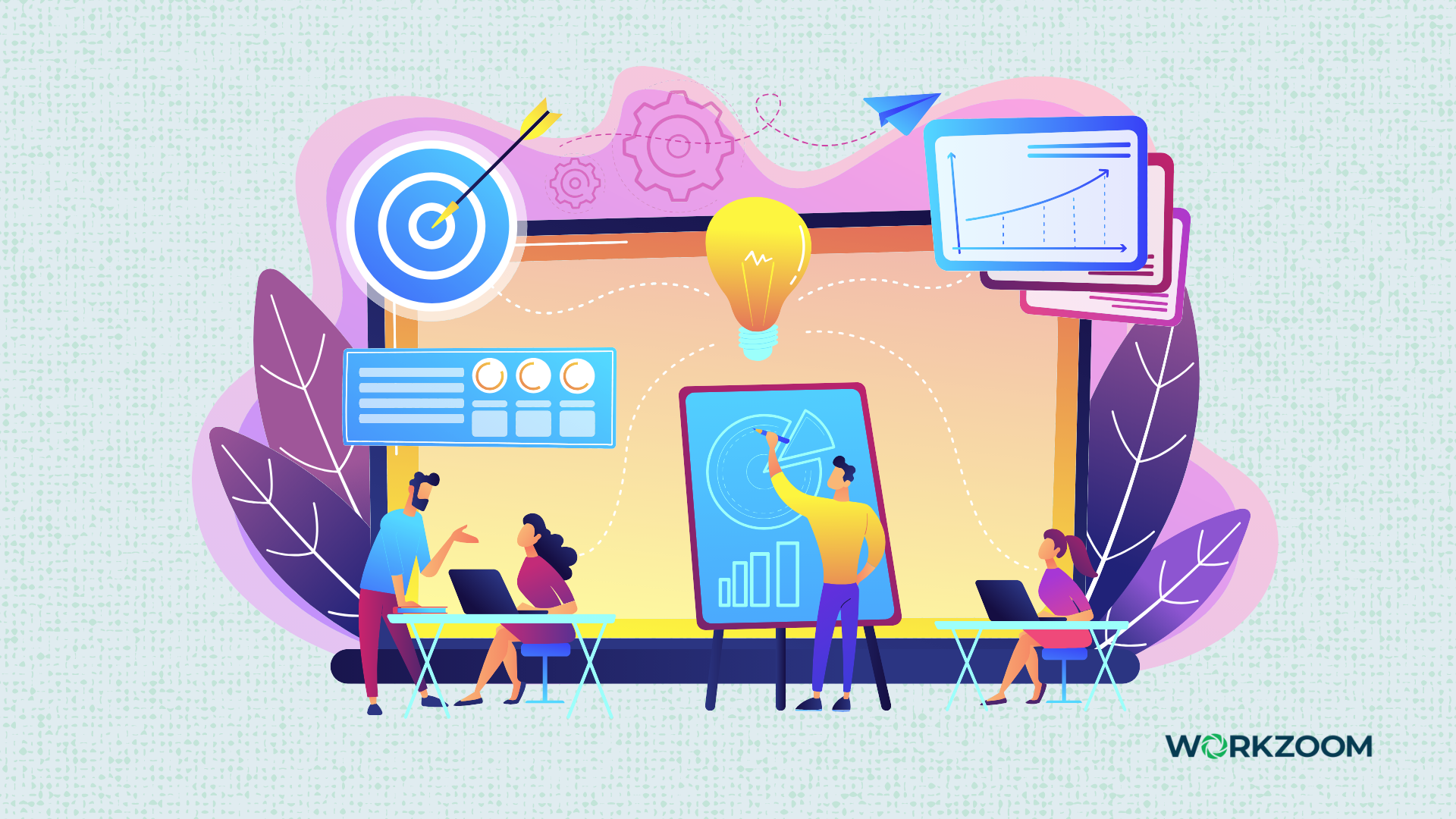These days, using a Human Resources Information System (HRIS) is a common practice if not a necessity. Unfortunately, because of the sheer size or complexity or time required to shift to something new, many organizations settle for a patchwork of systems that may or may not connect with each other. Leveraging a fully-integrated HRIS is an absolutely imperative initiative that will significantly streamline all day-to-day operations. Read on to uncover various ways a top-tier, end-to-end HRIS can revolutionize the way you work:
The Real Power of a Fully Integrated HRIS
Imagine a symphony orchestra where every musician plays from a different score. The result would be chaos, not music. That's the daily reality for companies juggling multiple, semi-integrated HR systems. A fully integrated HRIS harmonizes all HR functions—payroll, benefits, recruiting, employee management, and compliance—into a single, fluid system. This synchronization eliminates redundancies and discrepancies, ensuring data accuracy and significantly reducing administrative burdens. Moreover, it provides executives with holistic insights into workforce dynamics, fostering better strategic decisions.
Improving Onboarding
Onboarding is the first step in the relationship between an employee and organization. A smooth onboarding process kicks off a productive working relationship in the right way. Onboarding tasks such as document management, training schedules, and initial assessments are made easier, reducing the manual workload by up to 70% - SHRM. This system acts like a personal guide for each new hire, ensuring they feel welcomed and well-informed from day one. Automated reminders and checklists ensure that no critical steps are missed, helping new employees reach productivity quicker.
Streamlining Payroll and Benefits Administration
Managing payroll and benefits manually can be extremely stressful. Every step holds potential errors that can lead to serious compliance issues or employee dissatisfaction. A robust HRIS automatically syncs work hours to payroll, calculates deductions, and ensures compliance with tax regulations. It can reduce payroll errors by as much as 80%, saving significant administrative time and enhancing employee trust in the accuracy of their paychecks - American Payroll Association. On the benefits side, employees can select and manage their benefits through user-friendly portals, which adjust contributions automatically and ensure that coverage reflects current employee needs without HR intervention.
Enhancing Recruitment Processes
Recruiting the right talent is like finding needles in a haystack. An effective HRIS turns the haystack into a magnet, drawing needles effortlessly. It improves the entire recruitment process by automating job postings across multiple platforms, tracking applicants through every stage, and facilitating swift communication. This integration not only reduces time-to-hire by up to 50% but also improves candidate quality by leveraging advanced analytics to screen for the best fit - Aberdeen Group. Moreover, onboarding integration means that once a candidate is hired, their data flows seamlessly into their new employee profile, eliminating data re-entry and potential errors.
Boosting Employee Engagement
An HRIS with engagement tools acts like a continuous feedback loop, providing regular insights into employee satisfaction and areas for improvement. It enables managers to quickly address issues, recognize achievements, and align individual goals with company objectives, leading to a 21% increase in profitability for companies with high engagement levels - Gallup. These systems also facilitate personalized learning and development plans, which are linked directly to performance feedback, making every employee feel valued and invested in.
Simplifying Compliance and Safety Management
A sophisticated HRIS stays updated with the latest regulations and automatically applies them to relevant processes, reducing the risk of penalties by up to 70%. It also maintains detailed records for audits and reports necessary for compliance purposes, acting as a shield against potential legal challenges - SHRM.
Optimizing Workforce Scheduling and Management
An HRIS provides tools for real-time scheduling, attendance tracking, and labor forecasting, reducing overstaffing or understaffing issues that can lead to excessive overtime or inadequate customer service. This precision in scheduling can decrease labor costs by up to 20%, optimizing operational budgets and maximizing employee productivity - Workforce.com.
Empowering Managers and Employees
Providing managers and employees with self-service portals is like giving them the keys to their own administrative office. They can manage personal information, view schedules, request time off, and access company policies at their convenience, which reduces HR queries. This frees up your HR management to focus on strategic initiatives rather than routine administrative tasks.
Is it time to leverage a fully-integrated HRIS for your organization?
Book a 15 minute discovery call and let's discuss how Workzoom will improve your business processes, boost your employee engagement and optimize your workforce management. Book a consultation with a Workzoom expert today.

